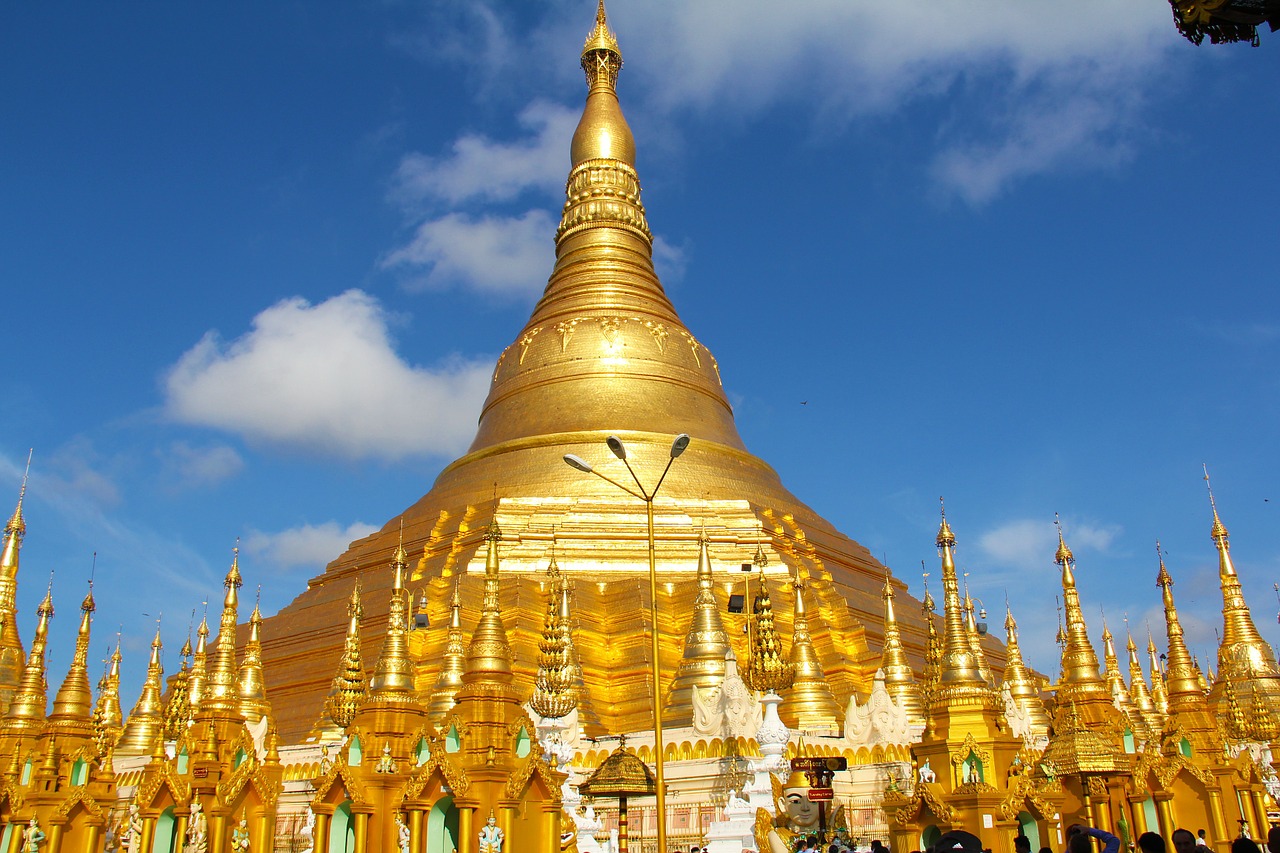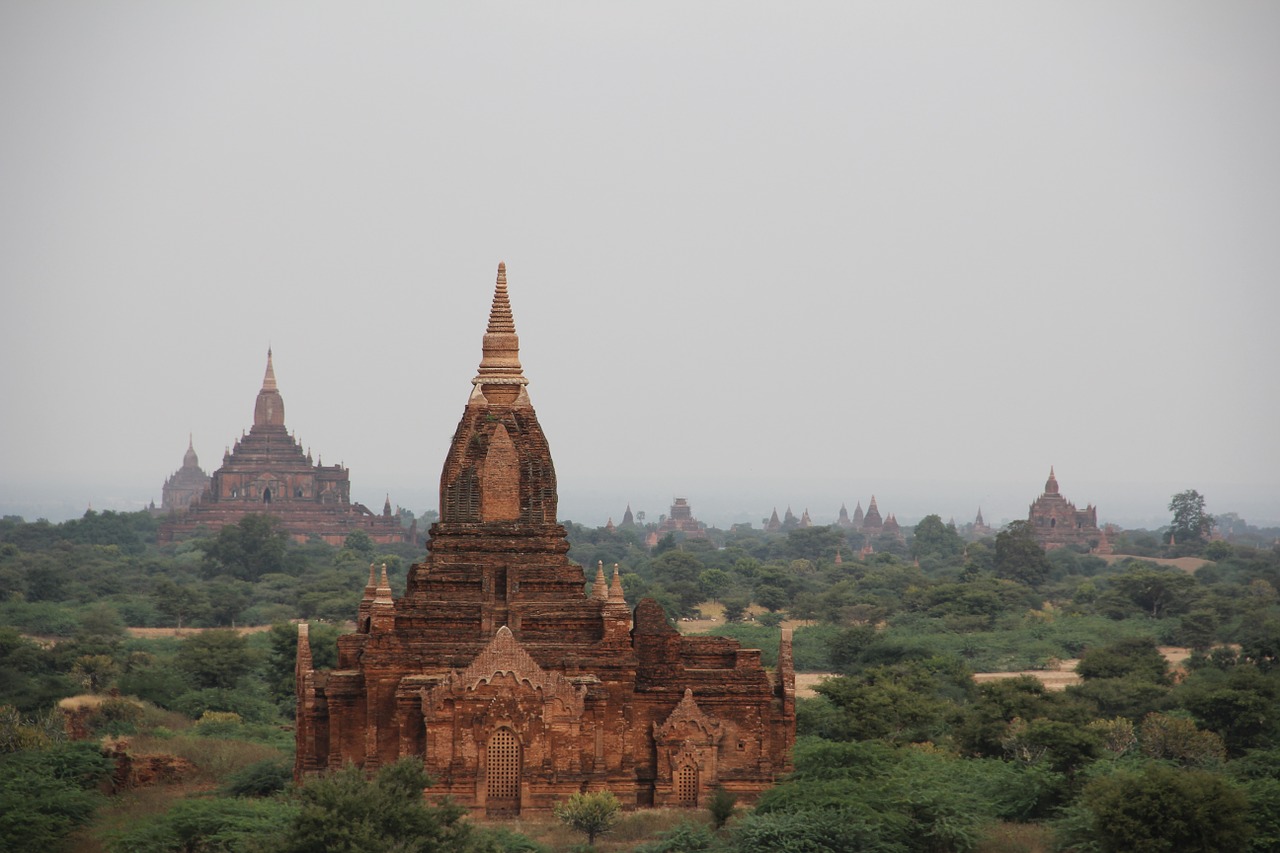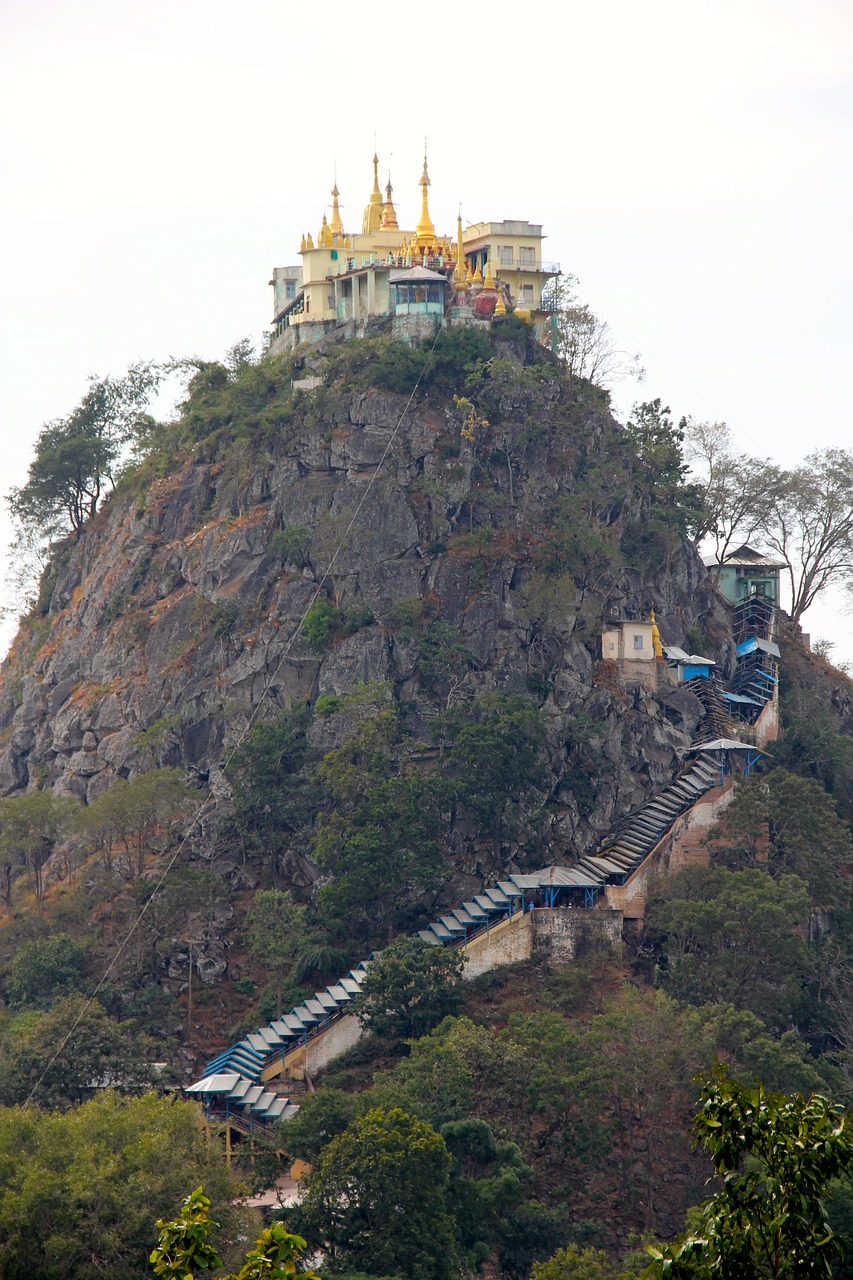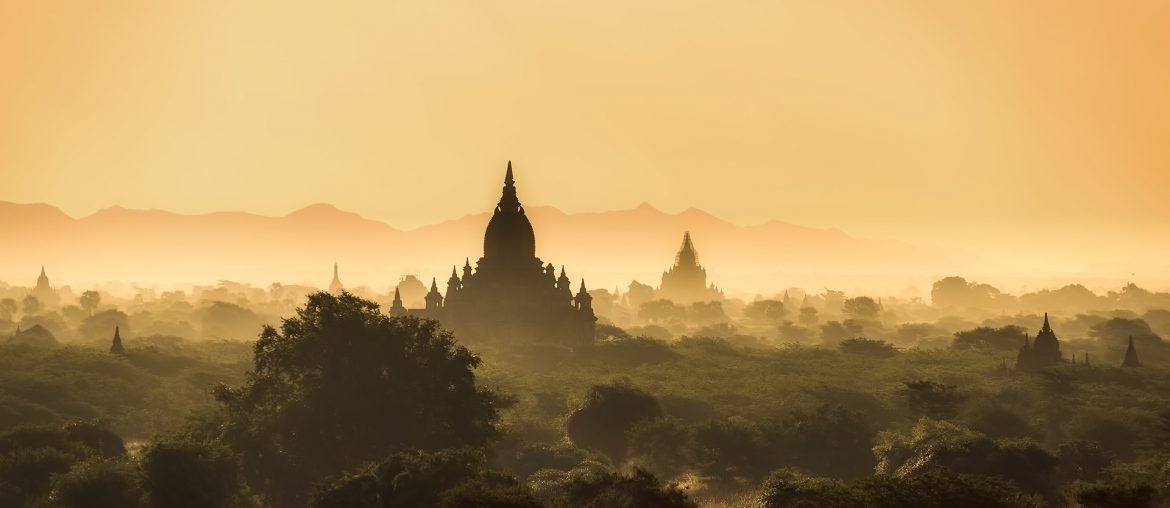Also known as Myanmar, Burma is a south-east Asian country that has a real air of mystery about it. Whether it’s somewhere you’re already considering visiting or if you’re putting together an itinerary for travelling during a gap year or career break, you can find out more about it below.
We’ve put together a brief introduction to the country based on what I think the top things you need to know are, but, since information on Burma is prone to change (more on that below…) it’s worth speaking to a specialist travel agent near to your departure date to make sure you know everything you need to.
Location and background
As I’ve already mentioned, Burma is situated in south-east Asia. It is bordered by China, Thailand, India and Laos. A key question that’s probably on your mind is why some people call it Burma and others Myanmar. Well, to answer that we need to take a quick look at the country’s background – one that is, unfortunately, full of dark moments. This troubled past is due to the nation’s military, which was in power from 1962 all the way to 2010, committing such humanitarian offences during this time that an international tourism boycott was put in place (something that has meant it is, so far, much less explored than other south-east Asian countries).
Back in 1989 the military changed the country’s name. Some nations, like the UK, the US and Canada, don’t recognise the military government and so, in turn, don’t observe the name change. The military government has since been ousted, and these days more and more travellers are heading here to explore its amazing cultural attractions and impressive landscapes.
Burma Handy travel facts
Before you go on holiday to Burma, it really is worth reading through the below points carefully so you’re well-prepared.
- There are no cash machines here, so make sure you travel with enough money.
- Credit cards and travellers cheques are rarely accepted, which again means you need to carry ample cash.
- The local currency is kyat, but many hotels charge in dollars. While a lot of them will also accept kyat, the rate of exchange does tend to be unfavourable, so it’s worth paying in dollars if you can.
- The simplest way to travel around is usually by bus. These run between the main tourist destinations, but you should try to book a day in advance if you can, because they are usually busy – plus, bring something to read, as the journeys are often long.
- It’s worth checking out top tourist facts a few weeks before you travel, as things can change very quickly in Burma.
Burman Key Sights
Burma is packed with amazing attractions, so there’s loads of choice when it comes to exactly where you visit. You can check out some of the top highlights below.
Yangon
This city used to be called Rangoon and, before 2005, it was the nation’s capital. Today, it is still a crucial place to visit and the bulk of travellers use it as their gateway to the rest of Burma. Its biggest attraction is the Shwedagon Paya, which is the world’s oldest stupa (a stupa is mound-like structure often used for meditation and as a place where Buddhist relics are kept).

Bagan
Packed with temples and stupas, this stunning ancient city dates back to the 11th century and is a truly magical place to explore. Expect to see dazzling golden spires alongside buildings crumbling with age.

Mount Popa






